Successful Digital Sublimation in Vietnam Starts with Quality Images
Hi, my name is Chris. I have been involved with digital sublimation in Vietnam since 2008. If you have a beautiful image that you would like to sublimate print on apparel the first thing you need to do is give the image to the printing factory. The image needs to be big enough or else you will get pixelation and it won't look great.
The file size (in terms of Mega Bytes (MB)) depends on the dimensions of the print. If just A4 size then 2 - 5 MBs is enough. If the dimension of the print is a 1 m2 then 10 MBs will be ok. If the dimension is the size of a billboard then the file size will be in 100s of MBs. These numbers apply to raster images (aka bitmap images). Vector images are different.
If the image is a vector image then the file size is a non issue. Vector files will scale up and down naturally without pixelation.
My best advice for digital sublimation in Vietnam is to always save images from cameras as big as possible on the order of 5 MBs - never less than 200 KBs. If the images are created in software like Photoshop then save them as PDFs. Want to learn more?
The file size (in terms of Mega Bytes (MB)) depends on the dimensions of the print. If just A4 size then 2 - 5 MBs is enough. If the dimension of the print is a 1 m2 then 10 MBs will be ok. If the dimension is the size of a billboard then the file size will be in 100s of MBs. These numbers apply to raster images (aka bitmap images). Vector images are different.
If the image is a vector image then the file size is a non issue. Vector files will scale up and down naturally without pixelation.
My best advice for digital sublimation in Vietnam is to always save images from cameras as big as possible on the order of 5 MBs - never less than 200 KBs. If the images are created in software like Photoshop then save them as PDFs. Want to learn more?
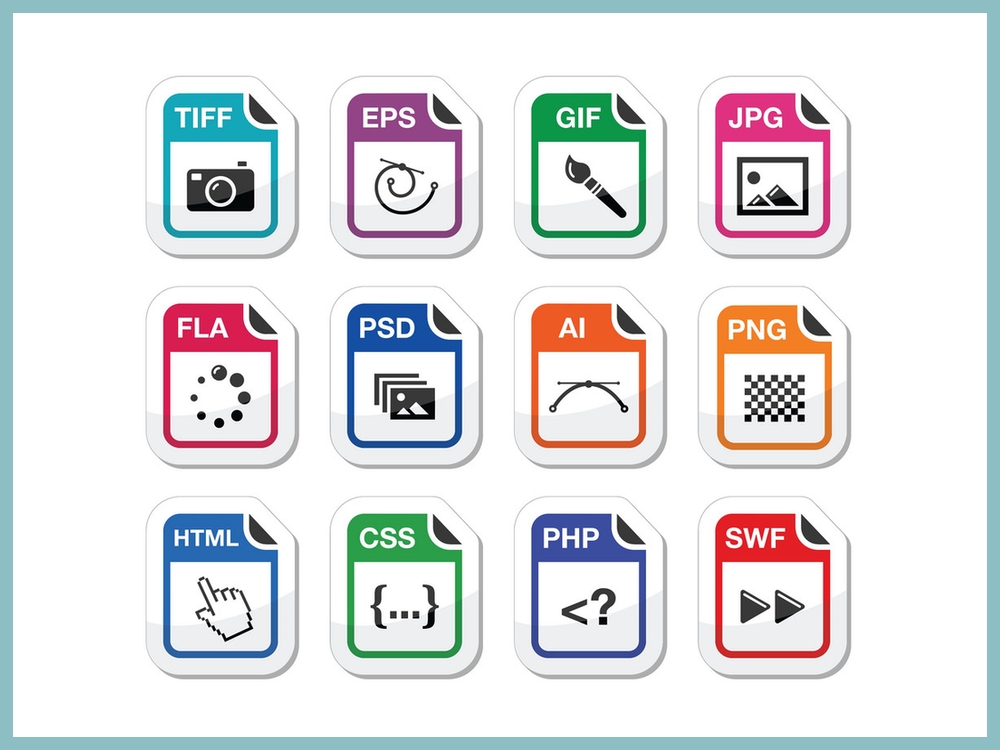
Produce sublimated garments in Vietnam?
Imagine that you have an idea to produce sublimated surf shorts, sports jerseys or mouse pads. Would it be great to get inside a sublimation apparel factory to see how they print and sew? Would you like to check the quality yourself? I can get you inside Vietnamese sublimation factories for a tour. Watch my video for more details.
Add your own artwork and player numbers
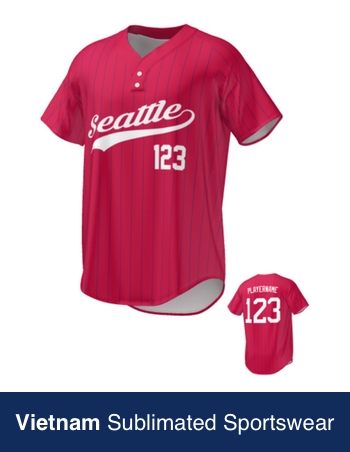
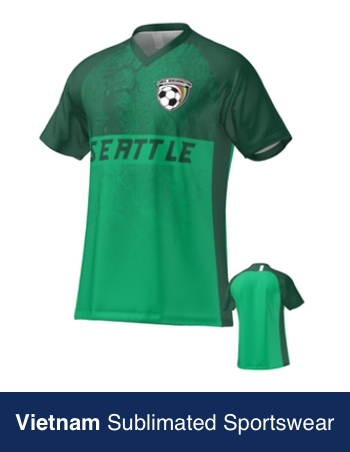

What are raster images (aka bitmap images)?
Here is my simple way of remembering these two image types:
Raster = digital image made of tiny dots
Vector = digital image made of mathematical curves
Raster images can be easily pixelated when you blow them up.
Vector images never get pixelated regardless of size.
May I introduce you to digital sublimation in Vietnam?
Raster = digital image made of tiny dots
Vector = digital image made of mathematical curves
Raster images can be easily pixelated when you blow them up.
Vector images never get pixelated regardless of size.
May I introduce you to digital sublimation in Vietnam?


Do I need vector images for sportswear? Are raster images good enough?
Vector images are best for sportswear because then you never have the risk of pixelation.
If you don't have vector images then your raster images should have the following criteria.
Width in pixels: 4032
Height in pixels: 3024
Resolution is pixels/inch: 300 DPI
File Size: 10MB
These are common parameters for a photo taken by your iPhone.
If you need bigger then this then export your photos from your camera in what is called RAW format.
May I help you with digital sublimation in Vietnam?
If you don't have vector images then your raster images should have the following criteria.
Width in pixels: 4032
Height in pixels: 3024
Resolution is pixels/inch: 300 DPI
File Size: 10MB
These are common parameters for a photo taken by your iPhone.
If you need bigger then this then export your photos from your camera in what is called RAW format.
May I help you with digital sublimation in Vietnam?
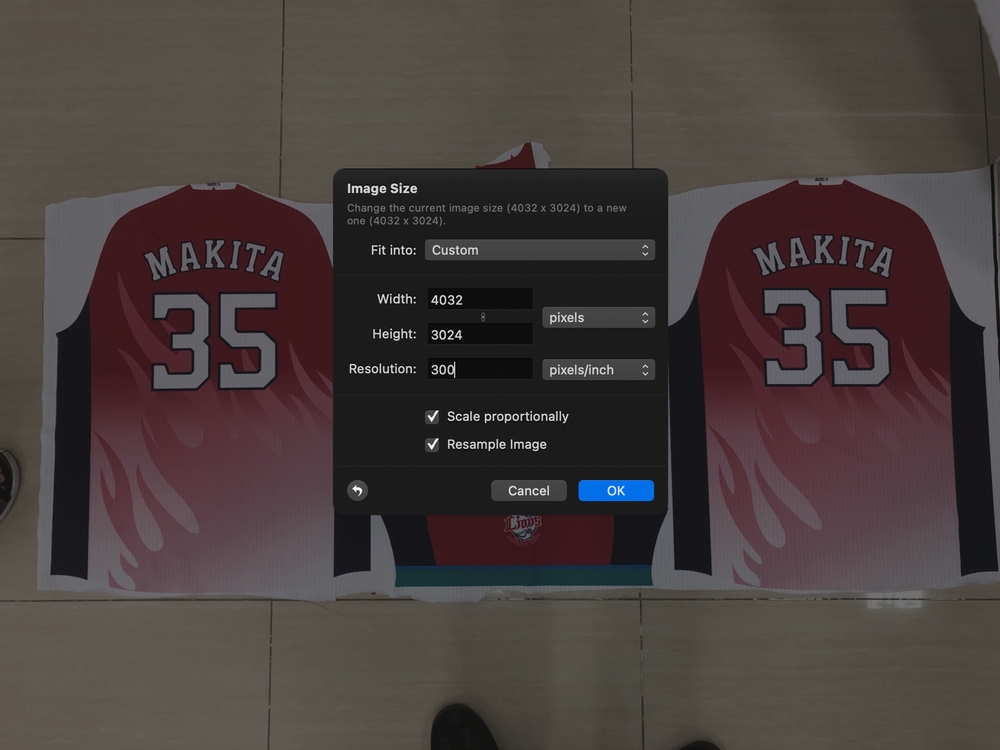
How much does an adobe illustrator graphic designer in Vietnam charge per hour?
I good graphic designer in Vietnam will charge anywhere between $5 to $20 per hour. If the project is a long term project then they will work for $400 to $1,000 per month.
Do you have any questions about digital sublimation in Vietnam?
Do you have any questions about digital sublimation in Vietnam?
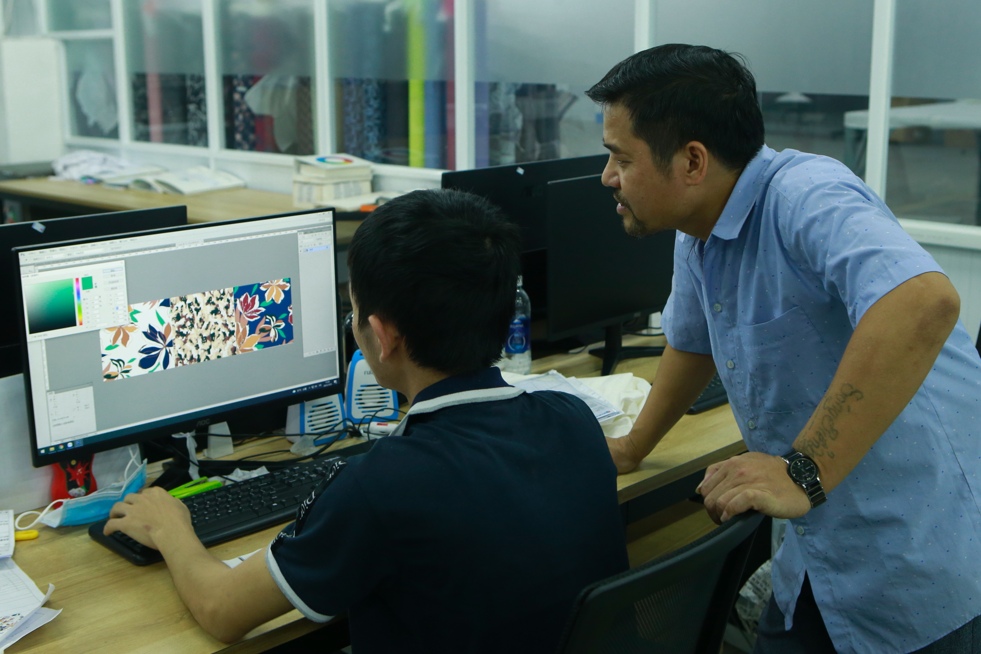
Working with Graphic Image Files when doing digital sublimation in Vietnam
Image Formats And Graphics Software
There are two basic types of image formats: vector and raster. The type of format will determine how and what you can edit within the image.
A raster graphic or bitmap is a data structure composed of a rectangular grid of pixels or points of color that represent an image. Most pictures taken with a digital camera or found on the web are examples of raster graphics. A raster image is technically categorized by the width and height of the image in pixels and by the number of bits per pixel (color depth) which determines the number of colors it can represent.
The larger a raster image is, the more disk space the image file will take up. For example, a 640 x 480 image requires information to be stored for 307,200 pixels, while a 3072 x 2048 image (from a 6.3 Megapixel digital camera) needs to store information 6,291,456 pixels. These concepts are important for digital sublimation in Vietnam.
Since raster graphics need to store so much information, large bitmaps require large file sizes. Fortunately, there are several image compression algorithms that have been developed to help reduce these file sizes. JPEG, BMP, TIFF, GIF and PNG are the most common compressed image formats on the Web, but several other types of image compression are available.
Raster graphics can typically be scaled down with no loss of quality, but enlarging a bitmap image causes it to look jagged and "pixelated." A raster file is also difficult to modify without loss of information, although there are software tools that can convert a raster file into a vector file for refinement and changes.
Vector graphics, unlike raster images, are not made up of a grid of pixels. Instead, vector graphics are comprised of paths, which are defined by a start and end point, along with other points, curves, and angles along the way. A path can be a line, a square, a triangle, or a curvy shape. These paths can be used to create simple drawings or complex diagrams.
Because vector-based images are not made up of a specific number of dots, they can be scaled to a larger size and not lose any image quality. If you enlarge a bitmap file, it will have rough edges and fuzzy detail. In contrast, enlarging a vector graphic, yields an object with smooth edges and fine detail. This makes vector graphics ideal for logos, which can be small enough to appear on a business card, but can also be scaled to fill a billboard. Common types of vector graphic files include AI, SVG, DRW, CDR and EPS.
Here are the most popular graphic software packages and the image formats they are based on: Adobe Photoshop (Raster) CorelDRAW (Vector)
Adobe Illustrator (Vector) Corel Photo-paint (Raster) Corel (ex JASC) Paint Shop Pro X (Combination of Vector and Raster)
As with any digital sublimation in Vietnam, to produce high quality results you must start with a high quality image. Whether you are creating your own designs or working with existing designs you must be critical of the original. Unless you are satisfied with what you see on-screen you are not likely to be satisfied with the end result.

Graphic Image File Types
There are many universally recognized file types for storing images when doing digital sublimation in Vietnam. Here is a list of the most commonly used formats as well as specific details about the characteristics of the file type:
bmp
A .bmp (commonly referred to as bitmap*) file is a raster-based or pixel-based format that only supports the RGB color space and bit depths of 1, 4, 8, or 24 bits per channel. These attributes make bitmap images unsuitable for use in a high-end print production workflow.
*Bitmap files have some confusion associated with them as most people refer to any pixel-based image as a bitmap file. However, a true bitmap image file refers to the standard Windows image format. This type of file is mostly used on DOS- and Windows-based machines.
eps
An encapsulated post script file is a graphics format that describes an image in the PostScript language. An extension of the PostScript graphics file format developed by Adobe Systems, eps lets PostScript graphics files be incorporated into other documents. The eps file format supports both vector graphics and raster images as it can contain two versions of an image: a bitmap used to display the image on the screen, and a PostScriptTM description used to print the image.
psd
Adobe Photoshop (.psd) files are generally written and read by Photoshop exclusively, however, there are several other applications that will read this format. Most page layout applications (except Adobe InDesign), do not allow native Photoshop images to be placed. A Photoshop file will retain all of the original files attributes. Saved file characteristics include the following: resolution, color info (CMYK, RGB, grayscale), spot color channels and image bit depth.
jpeg (jpg)
The jpeg (Joint Photographic Experts Group) file is one of the most commonly used graphic formats. Initially, this raster file format was intended for use in Web applications, but has found a home in the high-end print production markets, as well. The jpeg file format can be your best friend if used properly, or your worst enemy if implemented incorrectly.
A jpeg file is encoded by using an adjustable loss compression approach. This means that to achieve smaller file sizes, image data is actually thrown away. In small doses, the jpeg compression approach can be very effective and efficient. However, in larger amounts, the resulting file will contain distortion and blurriness in the image. Thus caution must be used when preparing jpeg files for use in a print production workflow. The jpeg format will support the RGB, CMYK, and grayscale color settings.
tiff (tif)
The tiff is, in principle, a very flexible format that retains all of the image data when edited or resized as the details of the image storage algorithm are included as part of the file. In practice, tiff is used almost exclusively as a lossless image storage format that uses no compression at all Consequently, file sizes are quite large. (Sometimes a lossless compression algorithm called LZW is used, but it is not universally supported.) Of the file formats discussed, the tiff is probably one of the best for dealing with high quality images.
JPEG Compression versus TIFF Quality
As you apply greater amounts of JPEG compression, an image gets smaller in size and at the same time it undergoes a certain degree of degradation of image quality by virtue of the process. Take a look at the images below. One has been highly compressed as a jpeg the other is an uncompressed tiff.
Understanding all of these files types will come in handy when doing digital sublimation in Vietnam.
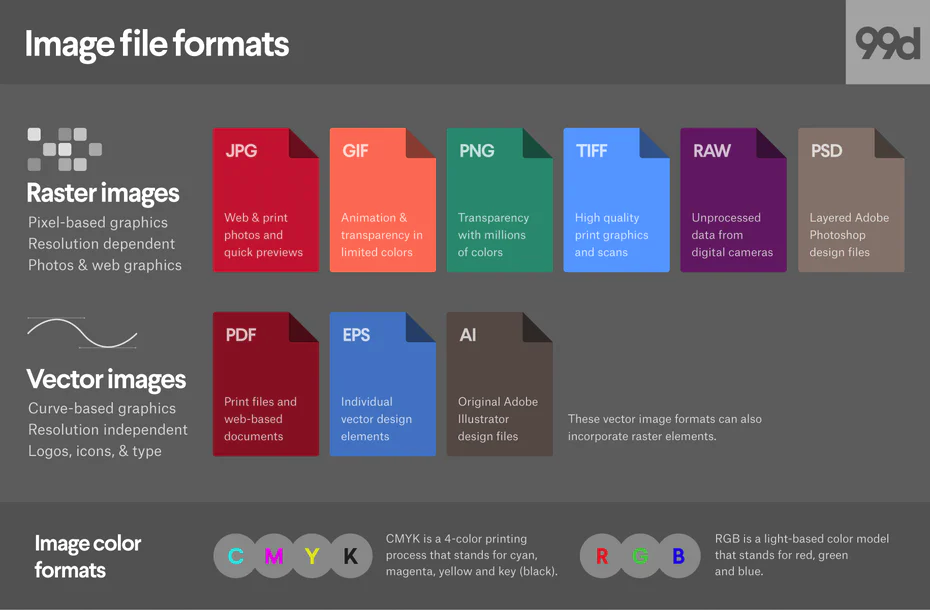
On the tiff, notice how this image has crisp and clean edges. This image will reproduce well. The jpeg on the other hand has much softer edges that appear fuzzy, plus there is some “noise” (unwanted pixels) in the red circle which gives the image a “dirty” look. In most cases, the noise is not readily visible on the computer, but shows up during printing.
Since the jpeg compression process removes image data, once an image has been compressed (or over compressed), the damage done is permanent. Even if you try to convert the compressed jpeg image to a tiff image, you cannot fix the issues. Unfortunately there is no repair for an over compressed JPEG image. Remember this fact when doing digital sublimation printing in Vietnam.
There is no going back!
Since the jpeg compression process removes image data, once an image has been compressed (or over compressed), the damage done is permanent. Even if you try to convert the compressed jpeg image to a tiff image, you cannot fix the issues. Unfortunately there is no repair for an over compressed JPEG image. Remember this fact when doing digital sublimation printing in Vietnam.
Best Advice
Start with Tech Packs
Reverse Engineer your MOQs
Choose your QC Levels
Look Up Import Tax
Calculate Shipping Costs
Reverse Engineer your MOQs
Choose your QC Levels
Look Up Import Tax
Calculate Shipping Costs
Services
Consulting
Factory Introductions
Design and Development
A - Z Sublimation Garment Production
Factory Introductions
Design and Development
A - Z Sublimation Garment Production